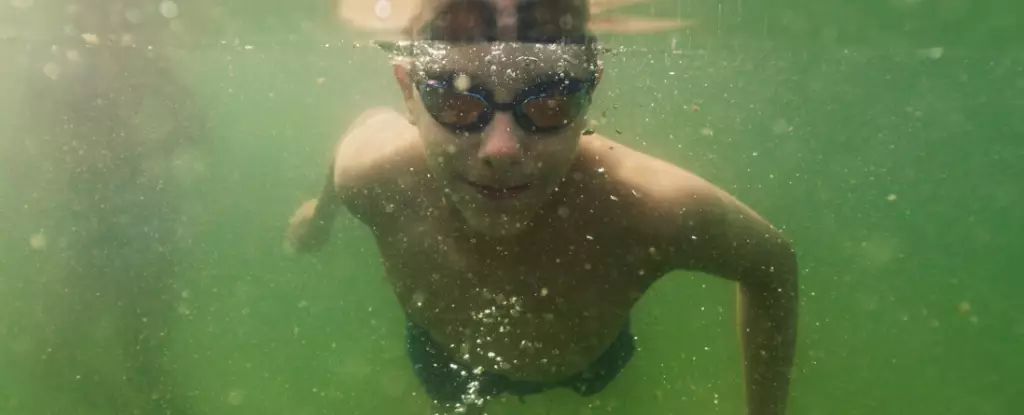As summer heat envelopes us, the allure of water becomes irresistible. People flock to beaches, lakes, rivers, and pools to find respite from the sweltering sun. While these freshwater swimming spots often promise a refreshing escape, lurking beneath the surface lies an insidious threat: Naegleria fowleri, commonly referred to as the “brain-eating amoeba.” This tiny, microscopic organism poses serious health risks, even in seemingly innocuous swimming environments.
Initially identified in the 1960s in South Australia following mysterious deaths attributed to a unique form of meningitis, Naegleria fowleri has since become notorious in discussions about recreational water safety. This amoeba, a single-celled organism, thrives in warm freshwater environments and can be found easily in areas where temperatures range from 25°C to 40°C. It is important to note that this organism cannot survive in saltwater or properly chlorinated water, which makes municipal supplies relatively safe for recreational activities such as showering and swimming.
Despite its rarity, infections caused by N. fowleri are nearly always fatal. Of the 164 documented cases in the United States between 1962 and 2023, only four individuals have survived the infection, highlighting a staggering 97.5% fatality rate. Comparisons drawn from other nations, such as Australia, where 22 cases were recorded until 2018, serve to underline the global reach of this infection, but also the uncommonly low incidence of its occurrence.
Perhaps one of the most unsettling aspects of Naegleria fowleri is its peculiar method of infection. The organism does not enter the human body through ingestion but, rather, via the nasal passages. Water that carries the amoeba can infect individuals if it is forcibly pushed up the nose, often through activities like diving or jumping into fresh water.
This unusual infection pathway raises concerns about common practices, such as rinsing nasal passages with tap water. While typical municipal water systems are treated to eliminate harmful pathogens, many people still fall prey to infections when they take the risk of using improperly treated water for such rinsing. Health officials emphasize the critical need to use sterilized or distilled water for these purposes, especially when there is the potential for microbial contamination.
If an individual finds themselves exposed to water that may harbor the amoeba, understanding the early warning signs is essential. Symptoms of primary amoebic meningoencephalitis (PAM) include headaches, nausea, vomiting, fever, and neck stiffness, resembling those of a common flu or viral infection initially. However, the situation can escalate quickly, often leading to fatalities within a short span of time—usually within ten days from the onset of symptoms.
The urgency of medical intervention cannot be overstated. Individuals experiencing these symptoms after potential exposure must seek immediate medical attention. Early detection, although infrequent, has proven beneficial in a few cases, emphasizing the importance of awareness regarding this dangerous pathogen.
With the threat of Naegleria fowleri looming, it is crucial to take proactive preventive measures while engaging in summer water activities. When swimming in freshwater bodies like lakes, rivers, or heated pools, avoiding submersion and preventing water from entering the nose is essential. Parents, in particular, should be vigilant with children, who may struggle to heed warnings while enjoying splashes and games in the water.
Moreover, opting for well-maintained swimming pools that are properly chlorinated can significantly reduce the risk of N. fowleri exposure. A controlled environment where water is routinely tested and treated is far safer than murky lakes or infrequently monitored rivers. While the chances of contracting this rare infection are minimal, awareness, and caution are imperative for safeguarding health.
As we dive into the pleasures of summer, a balanced perspective about the environments we choose for swimming is necessary. Knowing about the existence of Naegleria fowleri and understanding how to protect ourselves is critical for enjoying freshwater recreation safely. Education plays a crucial role in fostering an understanding of the hidden dangers that may reside in our favorite swimming spots. By exercising caution, staying informed, and promoting stringent water safety, we can continue to revel in the summer sun without fear of falling prey to this deadly amoeba.

